Western Frontier: Early Forts Regale America's Fur Trade Era
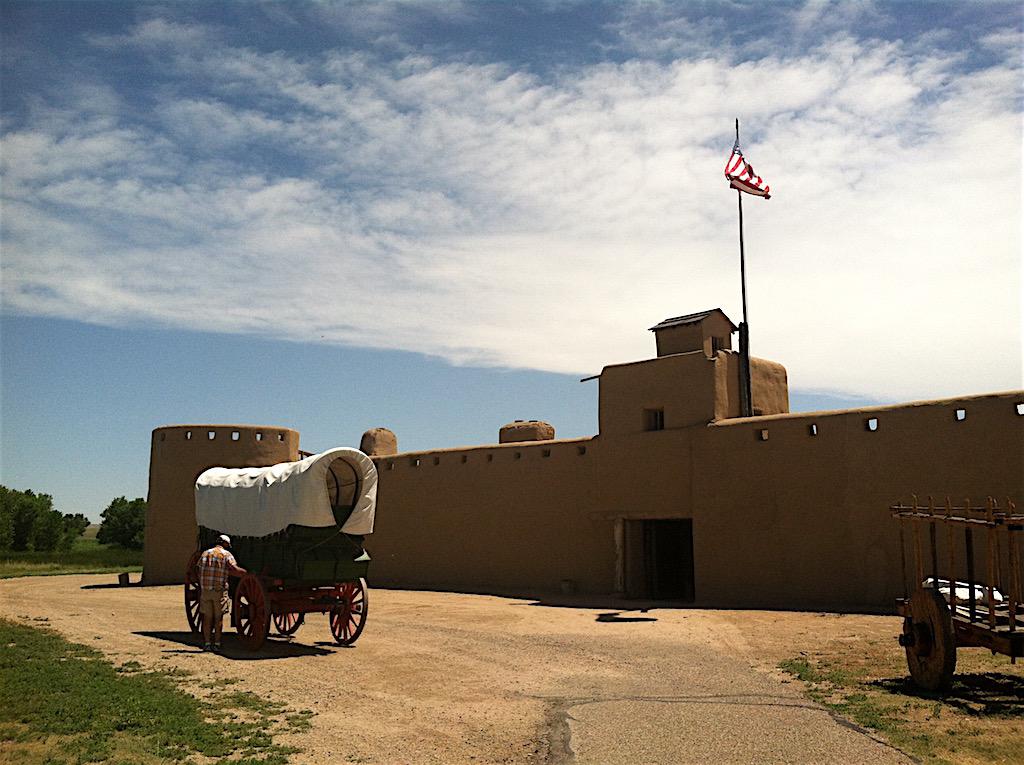
In the early 1800s, following in the footsteps of Lewis and Clark, a host of scouts, soldiers, trappers and traders began venturing from St. Louis, eager to explore and exploit the natural riches to be found in the wilderness of the West. It was America’s new economic frontier. The expansion of the fur trade would introduce new cultures and trading partners to farsighted business entrepreneurs.
To learn more about this era, pay a visit to one of several frontier forts established in the 1820s and 1830s, places like Bent’s Old Fort National Historic Site, a legendary trading post 90 miles southeast of Pueblo, Colorado; Fort Laramie National Historic Site, an important destination on the Oregon Trail in southeastern Wyoming; and Fort Union Trading Post National Historic Site on the Missouri River in far northwestern North Dakota. Walk the grounds of these early business hubs and you’ll gain new insights into a fascinating period of westward expansion.
Set Up For Business
Driving east along Highway 194 in Colorado, I’m surprised by how diminutive Bent’s Old Fort appears, sitting alone on the horizon of the open plains just above the bend of the Arkansas River. During the time of its operational existence—from 1833 to 1849—the fort was the largest, most significant dwelling to be found between St. Louis and Santa Fe, and one of the pillars of the Western fur industry. It was described by George R. Gibson, a soldier who visited in 1846, as “being castle-like with towers at its angles…the design…answering all purposes of protection, defense, and as a residence.”

Today’s replica of the original fort helps interpret stories of westward expansion/Jane Schneider
This was a commercial venture, not a military installation. Bent’s Old Fort’s raison d’etre was to do business with the Plains Indians and as a trading post, and it quickly became an important way station for all who traveled on the Santa Fe Trail. The Santa Fe Trail (1822-1880) was a vital, 1,200-mile trading route, connecting the Missouri frontier at Franklin, Missouri, to Santa Fe, New Mexico, then a northern province of Mexico that was desperate for trading partners.
The two-story adobe edifice you see today is actually a reconstruction, built on the original location of the fort (a practice the National Park Service no longer endorses so as to better preserve historic sites). The fort’s layout was derived from maps, detailed drawings, diary accounts, and several archaeological digs that took place here in the 1950s and 1960s.
“Piecing information from those sources was like a puzzle,” points out Rick Wallner, the park’s chief of interpretation. “It enabled us to know the use of the rooms.”
Bent’s Old Fort was established as a National Historic Site in 1960 and the reconstruction completed in 1976, when it opened to the public.
A Step Back In Time
Walk through the stout wooden gate into the dusty central courtyard and you’ll find yourself transported to the 1840s. Park interpreters greet visitors in period dress as they describe how the fort functioned. On this hot August afternoon, rooms like the dining hall and sleeping quarters, outfitted as they might have appeared in the 1800s, feel decidedly cooler thanks to the fort’s thick adobe walls. Listen closely and you can almost hear the roar of the fire from the blacksmith’s forge or the whinny of horses tied up in the corral.
Since Bent’s Old Fort was situated just north of the Mexican border, it soon became a melting pot of cultures: Mexican traders from Santa Fe, U.S. soldiers from Missouri, fur trappers from the Rocky Mountains, and Native Americans from the surrounding Arapaho, Apache, and Cheyenne tribes. All converged here to replenish supplies. The Cheyenne often created a village just outside its walls during the summer months (William Bent married a Cheyenne woman). Inside the courtyard, the fort’s convivial environment offered guests a chance to rest, barter, and swap information after spending long, lonely weeks on the trail. The Plains Indians even hammered out agreements in a council room the Bents provided, encouraging intertribal councils as a way of fostering a stable trade environment.
“Thomas Jefferson believed the easiest way to assimilate the Indians was to encourage trade,” says guide Dave Newell, a 20-year veteran of the park as he leads our tour through the interior of the fort.
Newell tells us that trading with the Indians was precisely what brothers William and Charles Bent had in mind when they established the fort in 1833. The pair initially went to the Upper Missouri for fur trading, but after an expedition to Santa Fe in 1829 they quickly saw more opportunity in the Southwest. They became business partners with an important ex-trapper and Taos trader, Ceran St. Vrain, forming Bent, St. Vrain and Company. Charles directed business in Santa Fe, St. Vrain tended their stores in Santa Fe and Taos, and William managed the Indian and trapping trade at the fort. Here, the Plains Indians were eager to exchange buffalo robes for European goods. Company traders even traveled out from the fort to conduct trade with distant Indian villages.

Bolts of cloth, heavy blankets, and every day utensils could be found in the fort’s trade room for visitors/Jane Schneider
As we peer into the trade room, a frontier haberdashery of sorts, we see shelves filled with bolts of calico fabrics, colorful wool blankets, tins of coffee and tea, metal buckets, rope, Mexican chocolate, axes, and knives. This is where important bartering took place, where an armload of beaver pelts or buffalo robes translated into much needed wares for survival on the plains. Newell tells us that among the Native Americans’ most prized trade items were metal points, mirrors, and woolen Hudson’s Bay point blankets.
Kelly McCartney and her three school-aged daughters listen closely as our guide describes the scene. They’ve come to the fort on a day trip from Albuquerque. A Colorado native, McCartney remembers visiting here as a teenager, not long after the park opened in 1976. “They’ve really brought this back to life,” says McCartney.
“When the fort was first opened there wasn’t much in it,” Wallner explains. “The Park Service began to acquire things with research to make it look as much as it might have looked during its heyday.”
While some period furnishings were initially purchased, none were original to the fort and over time were slowly replaced with reproductions that visitors could touch and handle.
During our walking tour, we step into rooms that reflect the range of life at the fort: the billiards room, where guests could drink rum or brandy from the bar while playing cards and telling stories; the blacksmith’s shop, with its huge bellows and vast array of hammers, tongs, and anvils; and the three living quarters, which were available to company employees and selected guests who needed to stay overnight at the fort. Here, trappers repaired buckskins and rested before setting out again to the mountains. Records show that, at times, the fort’s population swelled to 150 or 200 souls.
Journey’s End
Bent’s Old Fort’s successful run would eventually come to an end, however, with the onset of the Mexican-American War in 1846. The fort hosted troops and became a strategic supply point as the United States readied for its invasion of Mexico’s northern provinces. Later, as more settlers and gold-seekers began to arrive after the war, the peaceful relations the Bents had carefully nurtured with the Plains tribes began to erode and trade dwindled. After the death of Charles Bent, St. Vrain tried to sell the fort to the U.S. Army, and William Bent may have tried to burn the fort down in 1849. He eventually moved 40 miles down river and built Bent’s New Fort in 1853, but it never achieved the prosperity of the original venture.
Bent’s Old Fort and all of these frontier parks offer living history programs that provide a glimpse into the role these early commercial ventures played in the nation’s push westward. It is a fascinating tale. But don’t take my word for it; go see for yourself.
Comments
It's worth noting per Kurt's telling of Hugh Glass's story, a book entitled "Lord Grizzly" by Frederick Manfred was the first accounting of Glass's tale brought to publication. Manfred, a novelist born in Iowa, included Lord Grizzly as part of his five-volume series, The Buckskin Man Tales. That book was a finalist for the 1954 National Book Award. Manfred is an engaging writer and actually replicated some of the feats Glass was said to have endured to determine the feasibility of his tale, one he was long familiar with before he tackled the mountain man's story. If you enjoy learning about the frontier west and the resourceful men who engaged in early fur trading, put Lord Grizzly on on your reading list.

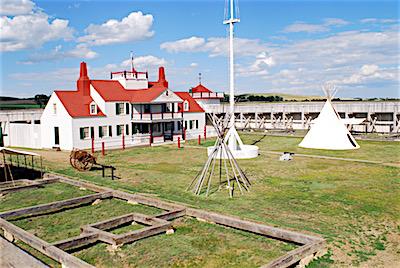
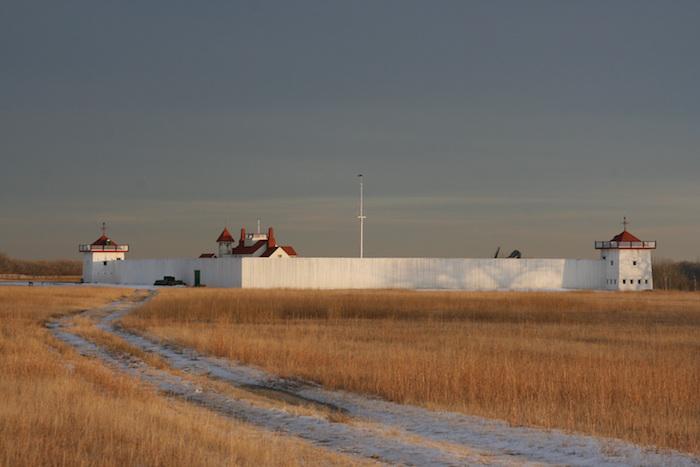

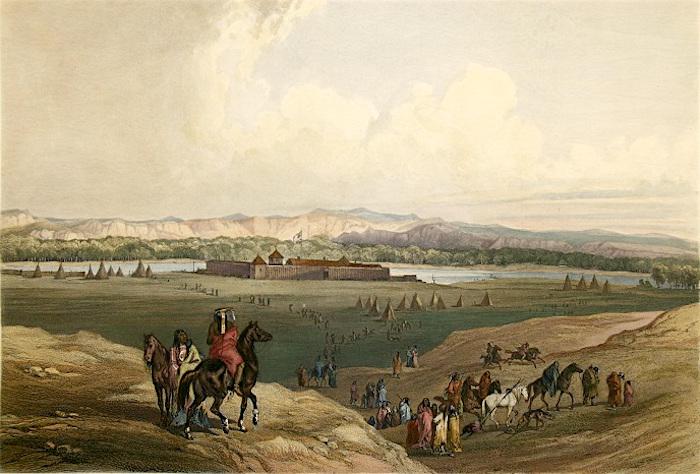
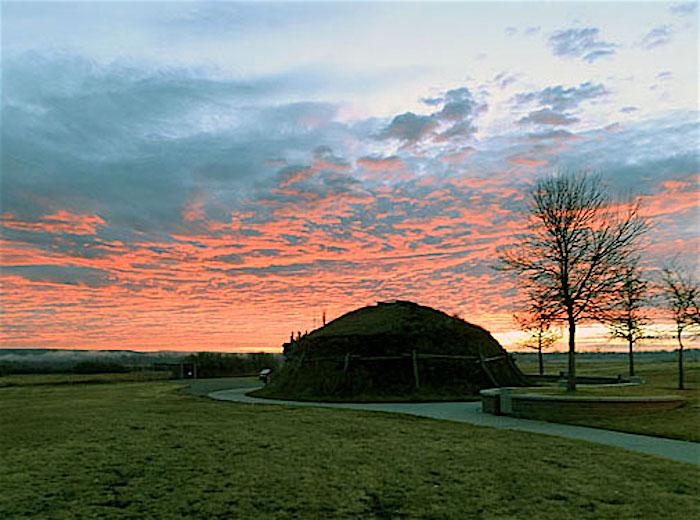
Add comment